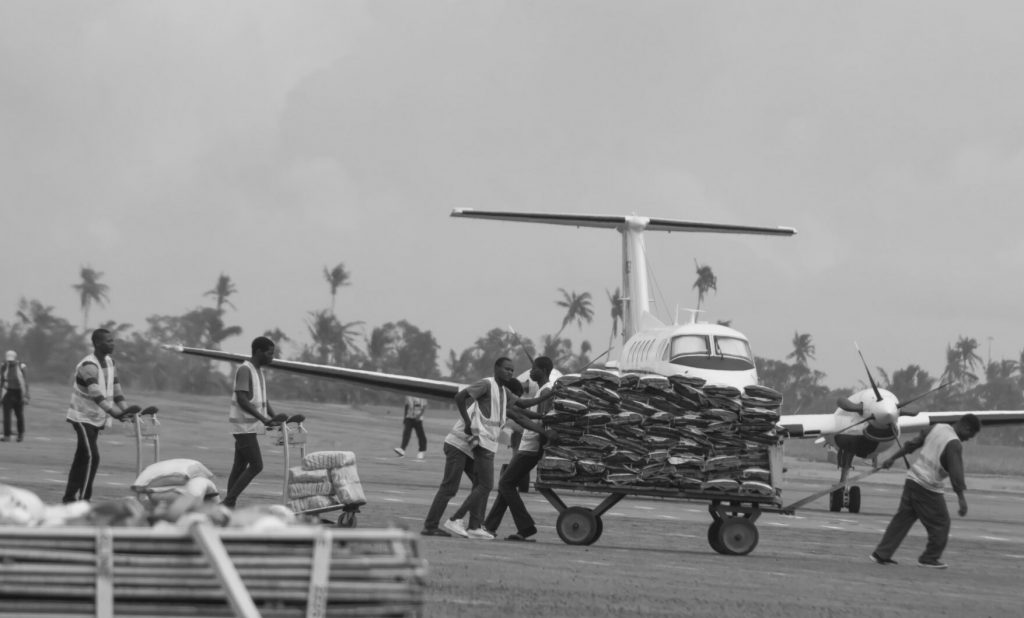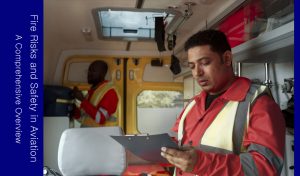The Role of Airfields in Emergency and disaster relief plays a crucial role. They provide essential infrastructure for rescue and relief operations, enable communications between different agencies, and provide the platform for the transportation of medical teams and necessary supplies.

Key Roles of Airfields in Emergency Response and Disaster Relief
- Rapid deployment: Air transport is the fastest way to transport people and cargo to and from disaster zones, often the only way to reach remote or inaccessible areas. Airfields can be used to quickly deploy search and rescue teams, medical personnel, and relief supplies.
- Evacuation: Airfields can also be used to evacuate people from danger zones, such as people who have been injured or displaced by a disaster.
- Logistics hub: Airfields can serve as staging areas for relief operations, where supplies can be stored and distributed, and where personnel can be coordinated.
- Communications hub: Airfields can also be used to establish and maintain communications links between different agencies involved in the response effort.
Examples of Airfield Use in Emergency Response and Disaster Relief
- In the aftermath of the 2011 Haiti earthquake, airfields were used to fly in search and rescue teams, medical personnel, and relief supplies, and to evacuate injured people to hospitals in other countries.
- In the Philippines, airfields have been used to respond to numerous typhoons and earthquakes, including Typhoon Haiyan in 2013, which killed over 6,000 people and displaced millions more.
- In the United States, airfields are routinely used to respond to hurricanes, floods, and other natural disasters. For example, in response to Hurricane Katrina in 2005, airfields were used to evacuate people from New Orleans and to deliver relief supplies to the affected area.
Challenges to Airfield Use in Emergency Response and Disaster Relief
Airfields can be vulnerable to damage from natural disasters, such as hurricanes and earthquakes. This can disrupt relief operations and make it difficult to reach people in need. Additionally, airfields may be located in remote areas, which can make it difficult to transport personnel and supplies.
Improving Airfield Preparedness for Emergency Response and Disaster Relief
There are a number of steps that can be taken to improve the preparedness of airfields for emergency response and disaster relief, including:
- Developing and maintaining emergency response plans. Emergency response plans should include procedures for evacuating personnel and passengers, securing the airfield, and restoring operations after a disaster.
- Conducting regular training exercises. Regular training exercises should be conducted to test emergency response plans and ensure that personnel are prepared to respond to a disaster.
- Hardening airfield infrastructure. Airfield infrastructure should be hardened to make it more resilient to damage from natural disasters. This may include measures such as elevating runways and buildings, and reinforcing structures.
- Working with other agencies. Airfield operators should work with other agencies, such as emergency management agencies and transportation agencies, to develop and implement transportation plans for moving personnel and supplies to and from airfields in the event of a disaster.
By taking these steps, airfields can play a vital role in saving lives and mitigating the impact of disasters.
In addition to the above, here are some other ways in which airfields can play a role in emergency response and disaster relief:
- Providing airspace management: Airfields can provide airspace management services to ensure the safe and efficient movement of aircraft involved in relief operations.
- Supporting humanitarian flights: Airfields can provide support to humanitarian flights, such as by providing landing and takeoff facilities, refueling services, and ground handling services.
- Coordinating with other response agencies: Airfields can coordinate with other response agencies, such as emergency management agencies, search and rescue teams, and medical teams, to ensure that everyone is working together effectively.
Airfields play a vital role in emergency response and disaster relief. They provide essential infrastructure, support services, and coordination that help to save lives and mitigate the impact of disasters.









